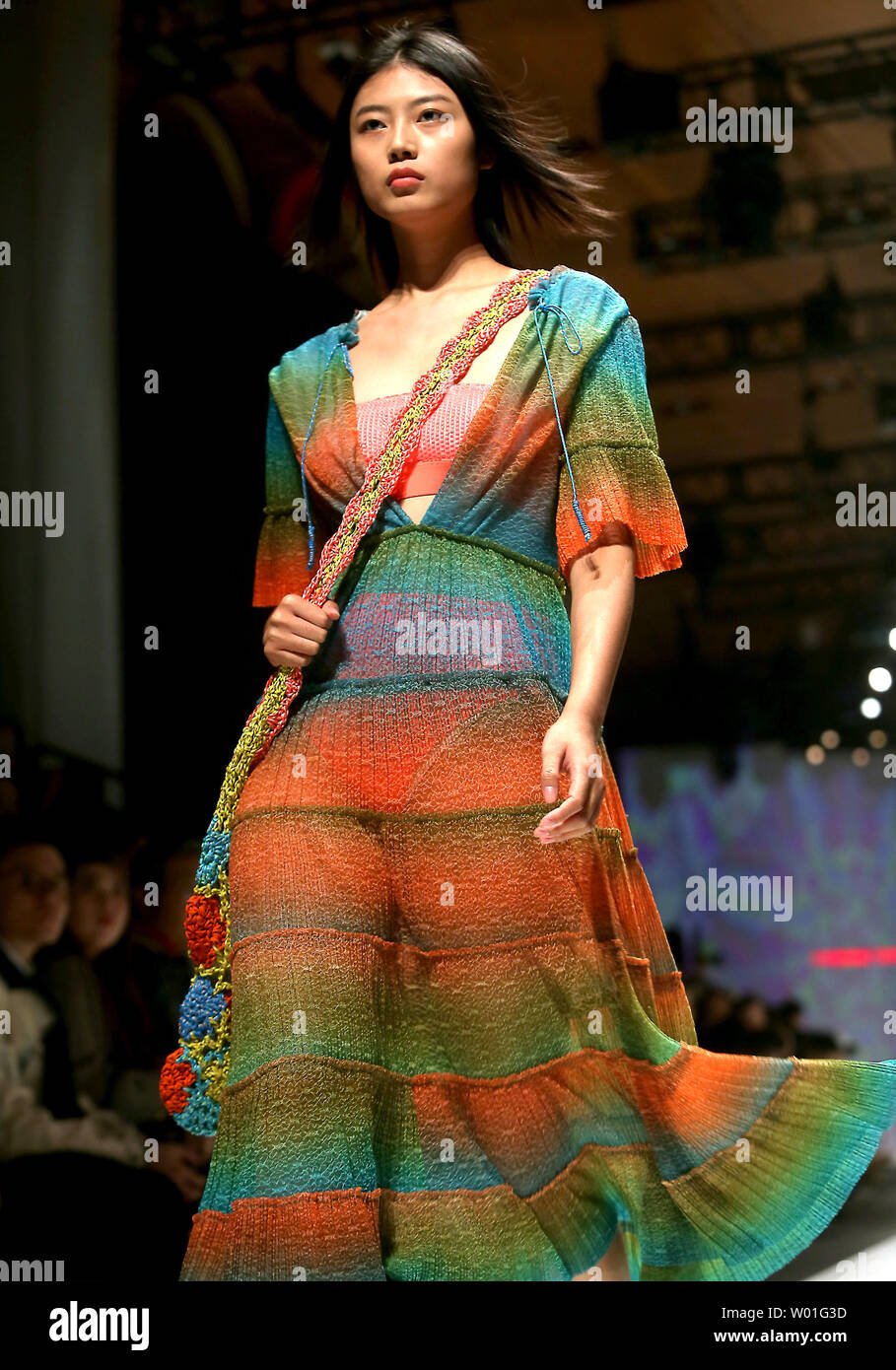Top 10 Eastern Wear Pakistan Brands You Required to Learn about
Discover the Ideal Option of Authentic Eastern Use
As you explore the myriad designs and styles, each piece holds a tale waiting to be unraveled, inviting you to accept the artistry and sophistication that Eastern fashion encapsulates. Prepare to be captivated by the attraction of Eastern wear and immerse on your own in a world where every garment is a testimony to centuries-old traditions and splendid workmanship.
Background of Eastern Fashion

Eastern fashion has actually additionally been shaped by different occupations, profession paths, and colonial influences over the centuries. The blending of different societies has actually resulted in special clothing designs that are abundant in background and importance. Today, Eastern fashion remains to astound the global market, with designers attracting inspiration from traditional attire to create modern-day analyses that appeal to a vast audience. The rich tapestry of Eastern style background offers as a testimony to the creativity and craftsmanship of the craftsmens that have actually added to its advancement.
Kinds Of Eastern Attire
Exploring the varied selection of standard garments discovered in Eastern societies reveals an interesting tapestry of styles and designs that mirror cultural identifications and special backgrounds (eastern wear pakistan). From the elaborate embroidery of Indian sarees to the moving shapes of Japanese robes, Eastern clothes includes a wide variety of styles. In South Asia, the dynamic and elegant salwar kameez is a prominent choice for females, while guys commonly select the classic kurta pajama. Moving in the direction of the Middle East, the streaming abayas and complex kaftans are synonymous with traditional Arabian fashion. In East Asia, the smooth lines of Chinese cheongsams and the strong colors of Korean hanboks display the rich sartorial heritage of these areas. Additionally, Southeast Asia flaunts the complex batik prints of Indonesia and the sarongs of Malaysia. Whether it's the opulent textiles of Persian garments or the minimalist elegance of Vietnamese ao dai, Eastern outfit provides a fascinating glimpse right into the diverse societies and traditions of the East.
Craftsmanship and Products
An in-depth examination of Eastern clothing reveals the thorough craftsmanship and charming products that underpin these typical garments. Eastern wear is renowned for its detailed needlework, fragile handwork, and interest to information that display the ability and creativity of the artisans. From the vivid sarees of India to the flowing bathrobes of the Middle East, each garment is a masterpiece of accuracy and commitment.
Craftsmanship in Eastern clothes often includes time-honored methods passed down through generations. Craftsmens invest hours, in some cases days, meticulously developing elaborate patterns and layouts that embellish the material. Whether it's the zardozi work on a Pakistani shalwar kameez or the kantha stitching on a Bangladeshi saree, the level of workmanship is unmatched.
In addition, the materials used in Eastern wear are very carefully picked to make sure both top quality and credibility. eastern wear pakistan. Fabrics like silk, cotton, chiffon, and velvet are generally used, each selected for its one-of-a-kind homes that enhance the final garment. Embellishments such as grains, bangles, and mirrors add a touch of prestige and high-end to these standard sets, making them really stand out in the world of style
Popular Eastern Use Patterns
Recent years have witnessed a resurgence in the popularity of typical Eastern wear, with a notable emphasis on fusion designs and contemporary adjustments. One noticeable pattern in Eastern wear is the incorporation of contemporary components right into standard attires, creating an unique blend of cultural heritage and contemporary style. Designers are reimagining timeless silhouettes, such as the saree and salwar kameez, by instilling them with western cuts, innovative over here draping techniques, and non-traditional embellishments.

In addition, minimal looks and single color combinations have actually obtained traction in Eastern wear, supplying an advanced and underrated look. This shift in the direction of simpleness reflects a contemporary take on typical styles, appealing to those looking for an extra classy and refined fashion statement.
Tips for Designing Eastern Outfits
Integrating modern-day aspects and traditional craftsmanship right into Eastern wear opens up a myriad of styling opportunities for style enthusiasts looking to develop culturally abundant and special attire. When styling Eastern attires, it's essential to discover an equilibrium between modern trends and traditional aspects.
Devices play a crucial function in elevating an Eastern outfit. Think about adding declaration jewelry like jhumkas or a maang tikka to boost the overall appearance. For men, a classic pocket square or a fashionable bandana can include a touch of class to the set. Focus on footwear choices, choosing typical mojaris or juttis for a complete Eastern-inspired clothing.
Lastly, confidence is vital when styling Eastern use. Welcome the social heritage and craftsmanship behind each item, and use it with satisfaction to really personify the significance of Eastern style.
Verdict
In conclusion, Eastern style uses a distinct mix of tradition and modernity, showcasing the rich social heritage and craftsmanship of the East. With a varied variety of styles and products, Eastern clothes mesmerizes style fanatics worldwide. By checking out the More about the author background, kinds, craftsmanship, and patterns of Eastern wear, individuals can welcome the beauty and storytelling facets of this social outfit in their wardrobe.
The history of Eastern style traces back centuries, mirroring varied social impacts and conventional craftsmanship. Today, Eastern style continues to mesmerize the global market, with developers drawing inspiration from traditional attire to produce modern analyses that appeal to a large audience. One prominent pattern important link in Eastern wear is the unification of modern elements right into standard outfits, producing a special mix of cultural heritage and contemporary fashion.Including modern-day elements and typical craftsmanship into Eastern wear opens up a myriad of styling chances for style enthusiasts looking to develop special and culturally rich clothing. eastern wear pakistan.In final thought, Eastern fashion offers an one-of-a-kind blend of tradition and modernity, showcasing the rich cultural heritage and workmanship of the East